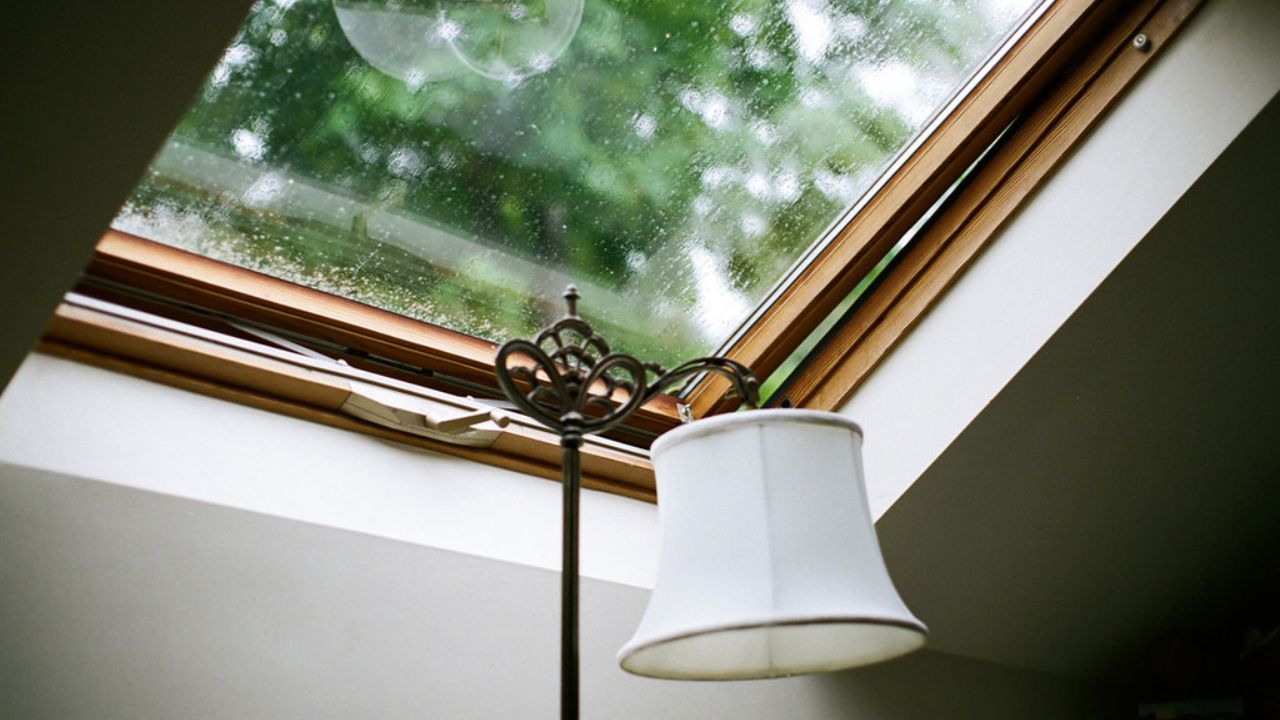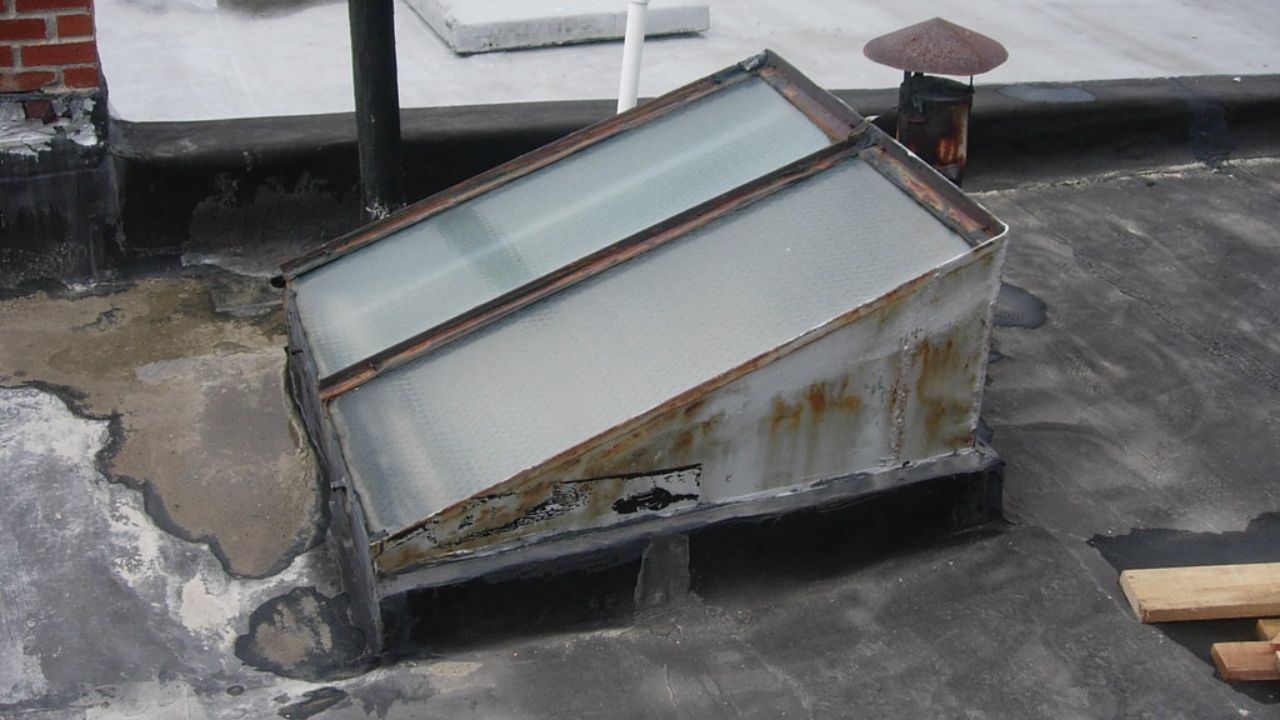
Imagine setting sail on a DIY skylight installation journey equipped with your tools and determination. You might wonder, can you navigate the complexities of the process solo? As you weigh the possibilities, consider the challenges and rewards of this home improvement venture. But before you take the plunge, there are vital factors to ponder that could steer the course of your project.
Listen to this Article
Skylight Installation: Feasibility and Challenges
When contemplating skylight installation, it’s crucial to evaluate the feasibility and anticipate potential challenges that may arise. Before starting the installation process, examine your roof structure to confirm it can support the skylight’s weight and assess the roof’s angle to determine the best location for ideal natural light. Check for any obstacles, such as vents, wiring, or plumbing, that may hinder installation.
Another aspect to consider is the weather conditions during the installation period. Installing skylights during dry weather is recommended to prevent any water damage to your home. Additionally, consider any permits or building regulations required for skylight installation in your area.
Lastly, be prepared for unexpected challenges during the installation process, such as unforeseen structural issues or difficulties with sealing the skylight properly. By thoroughly evaluating the feasibility and potential challenges beforehand, you can ensure a smoother installation process and enjoy the benefits of natural light in your home.
Required Tools and Materials
Before starting the installation process, ensure you have the necessary tools and materials for installing skylights. The essential tools you’ll need include a tape measure for accurate dimensions, a level to guarantee proper alignment, a drill with appropriate drill bits for making holes, a caulking gun for sealing, and a screwdriver for securing the skylight. Additionally, have a ladder that reaches the height of your skylight location, safety goggles to protect your eyes, and work gloves for handling materials.
In terms of materials, you’ll require the skylight kit itself, which typically includes the skylight window, flashing, and hardware. Depending on your roof type, you may need roofing cement, shingles, or metal flashing to seal around the skylight properly. It’s also essential to have a waterproof sealant to prevent any leaks. By having these tools and materials ready, you can ensure a smooth and successful skylight installation process.

Step-by-Step Installation Process
To commence skylight installation, ensure you have gathered all necessary tools and materials as outlined in the previous subtopic. Begin by marking the area on the roof where the skylight will be installed, making certain it aligns with the ceiling opening. Next, carefully cut the opening on the roof using a saw, following the manufacturer’s guidelines for dimensions.
Once the opening is made, apply a generous amount of adhesive around the perimeter of the skylight frame. Then, carefully set the skylight frame in place and secure it using appropriate fasteners.
After securely placing the frame, install the skylight glazing according to the manufacturer’s instructions. Make certain to seal around the edges of the skylight with a weatherproof sealant to prevent any leaks. Finally, test the skylight for proper functionality and ensure it opens and closes smoothly. Congratulations, you have successfully installed your skylight!
Safety Considerations for DIY Installation
After successfully installing your skylight, your next focus should be prioritizing safety considerations for DIY installation projects. Prioritizing safety is essential to prevent accidents and injuries during the installation process. Here are some key safety considerations to keep in mind:
- Proper Equipment: Ensure you have the necessary safety equipment, such as gloves, goggles, a hard hat, and sturdy footwear to protect yourself during the installation.
- Ladder Safety: When working at heights, always use a stable ladder and have someone else assist you. Secure the ladder properly and avoid overreaching while on it.
- Weather Conditions: Be mindful of weather conditions such as rain or strong winds that can risk the installation process. It’s advisable to postpone the installation if the weather is unfavorable.
- Electrical Safety: If your skylight requires electrical connections, follow proper electrical safety procedures and consider hiring a professional if you aren’t experienced in electrical work.
Pros and Cons of DIY Skylight Installation
Considering the complexities involved, what are the advantages and disadvantages of undertaking a DIY skylight installation project?
One of the primary advantages of a DIY skylight installation is cost-saving. By eliminating labor costs, you can potentially reduce the overall expenses of the project. Additionally, the satisfaction of completing a hands-on task and the flexibility to work at your pace appeal to those who enjoy DIY projects.
However, there are significant drawbacks to DIY skylight installation. Improper installation can lead to leaks, drafts, and even structural damage if not done correctly. Achieving a proper seal and ensuring the skylight is correctly flashed are vital steps that may be challenging for inexperienced individuals. Furthermore, the risk of injury due to working at heights and the potential for voiding warranties by not following manufacturer guidelines are important considerations to remember.

Before starting a DIY skylight installation, carefully weigh these pros and cons to make an informed decision that aligns with your capabilities and comfort level.
Frequently Asked Questions
How Do Skylights Affect Energy Efficiency in a Home?
Skylights can significantly impact energy efficiency in your home by providing natural light, reducing the need for artificial lighting, and potentially helping with passive solar heating. Proper installation and choice of skylight design are essential.
Are There Any Regulations or Permits Needed for Skylight Installation?
Before installing skylights, research local building codes for required permits. Regulations vary, so check with your municipality. Guarantee compliance to avoid fines or delays. Safety is key; hire professionals if unsure.
Can Skylights Be Installed in Any Type of Roofing Material?
Skylights can typically be installed on various roofing materials, including asphalt shingles, metal, and tile. Proper installation techniques are vital to guarantee a watertight seal and prevent any damage to the roof.
What Is the Average Lifespan of a Skylight?
Skylights typically last 10-20 years, depending on quality, installation, and maintenance. Regular checks can prolong their life. Remember, you love living under natural light, so show your skylights some TLC for longevity.
Do Skylights Require Regular Maintenance or Cleaning?
To guarantee peak performance, skylights typically require regular maintenance and cleaning. Inspect for leaks, clean the glass, and clear debris. This upkeep helps extend the lifespan of your skylights and maintains their efficiency in lighting and ventilation.